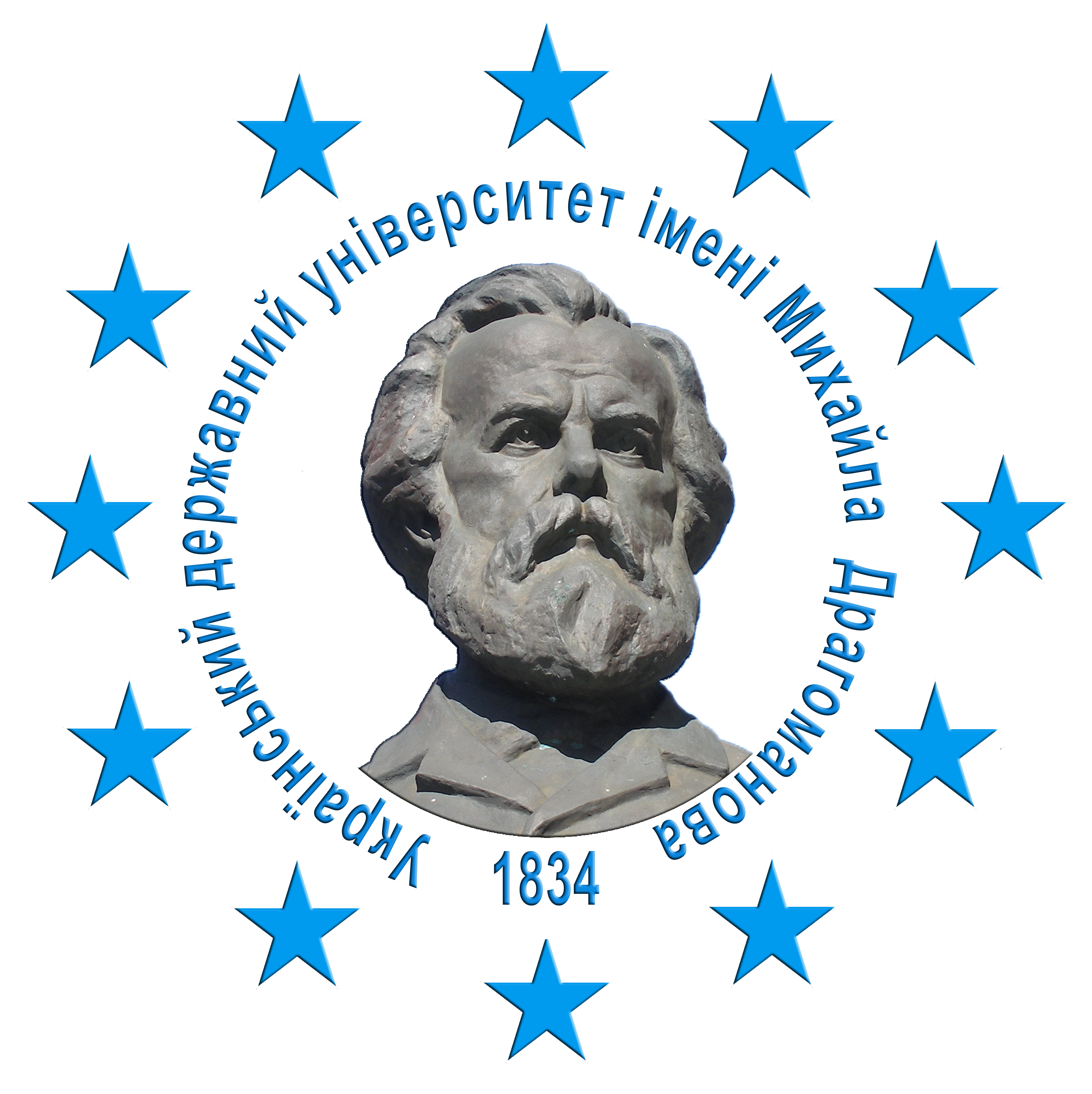TRANSHISTORICAL MEANINGS OF NONVERBAL COMMUNICATION: HERMENEUTIC REFLECTION ON SPACE AND TIME IN LIFE PRACTICES IN SLOBOZHANSHCHYNA IN THE 19TH CENTURY
DOI:
https://doi.org/10.32782/NPU-VOU.2024.2(93).11Keywords:
Life creation, communication, nonverbal communication, information, common sense, space, historical time, social temporality, mentalityAbstract
Relevance of the Research Topic. The intense penetration of new methods of nonverbal communication (infographics, installations, pictograms, emojis, smileys, etc.) into the human lifeworld changes the perception of communicative practices. In tu rn, these practices quickly transform into micro-mechanisms and algorithms for reconciling meanings, which affect ways of thinking and behavioral responses. Formulation of the Problem. Focusing on the anthropological basis of nonverbal communication will answer how nonverbal argumentation is possible and how it changes the human lifeworld in the spatial-temporal coordinates of the past, present, and futu re. Analysis of Recent Research and Publications. Theoretical rethinking of modern society as communicative is presented in the works of K.-O. Apel, J. Habermas, W. Hösle, L. Sytnichenko, and others. Studies of nonverbal communication as a way of expressing emotions and transmitting hidden meanings have been conducted in the works of G. Schwandtner, M. Cozzolio, T. Kosmeda, T. Osi pova, and others. Setting Objectives.This article proposes to carry out a hermeneutic reflection on space and time in life practices in Slobozhanshchyna in the 19th centu ry to expand the understanding of the role of nonverbal communication in complex-structu red socio-cultu ral contexts. Presenting Main Material. Communication, in its various forms – personal, cultu ral, social, political, etc. – plays an extremely important role for both individuals and humanity as a whole. Recording fragments of the past in texts or images opens up the possibility for futu re generations to retu rn to “events” and “read” them through verbal and nonverbal communication. Hermeneutic reflection on space and time in life practices, based on the material from Slobozhanshchyna in the 19th centu ry, reveals differences in the transmission of transhistorical meanings formed through the prism of texts and images of events. Conclusions. The various life practices in Slobozhanshchyna in the 19th centu ry can be viewed not only as cultu ral experiments but as cultu ral communication. Cultu ral communication can be carried out through verbal and nonverbal communication, which can be both synchronous and asynchronous, transmitting both explicit and hidden meanings, the decoding of which is accessible to certain ethnic groups. This leads to the conclusion that nonverbal communication forms a fundamental basis for the objectification of ethnic and national meanings in collective consciousness.
References
Антропологічний код української культури і цивілізації (2020). За ред. Рафальського О. Кн. 1, Київ: ІПіЕНД ім. І. Ф. Кураса НАН України. 432 с.
Вюллер, Т. (2018). Що таке час. Київ: Ніка-Центр; Львів: Видавництво Анетти Антоненко. 160 с.
Нора, П. (2014). Теперішнє, нація, пам’ять. Пер. із фр. А. Репи. Київ: ТОВ Видавництво КЛІО. 272 с.
Осіпова, Т. (2019). Невербальна комунікація та своєрідність її омовлення в українському дискурсі: феномен вербалізації невербалики: монографія, наук. ред. проф. Т. А. Космеда. Харків: Видавництво Іванченка І. С. 388 с.
Попович, М. (2006). Українська національна ментальність. Проблеми теорії ментальності. Київ: Наукова думка. С. 232–272.
Пухнер, М. (2022). Писаний світ. Як література формує історію. Пер. з англ. А. Бондаря. Київ: Темпора. 460 с.
Радіонова, Н. (2008). Репрезентації філософії в освітньому просторі Слобожанщини у ХІХ столітті. Суми: ВАТ СОД, Козацький вал. 320 с.
Содомора, А. (2022). Наодинці зі словом. Львів: Літопис, 408.
Харківський національний університет ім. В. Н. Каразіна за 200 років (2004). За ред. Бакірова В. Харків: Фоліо. 750 с.
Яусс, Г. (2007). Рецептивна естетика й літературна комунікація. Слово і Час. № 6. С. 37–46.
Koselleck, R. (2000). Zeitschichten. Studien zur Historik. Vit einem Beitrag von Hans-Georg Gadamer. Frankfurt: Suhrkamp Verlag. 399 p.







